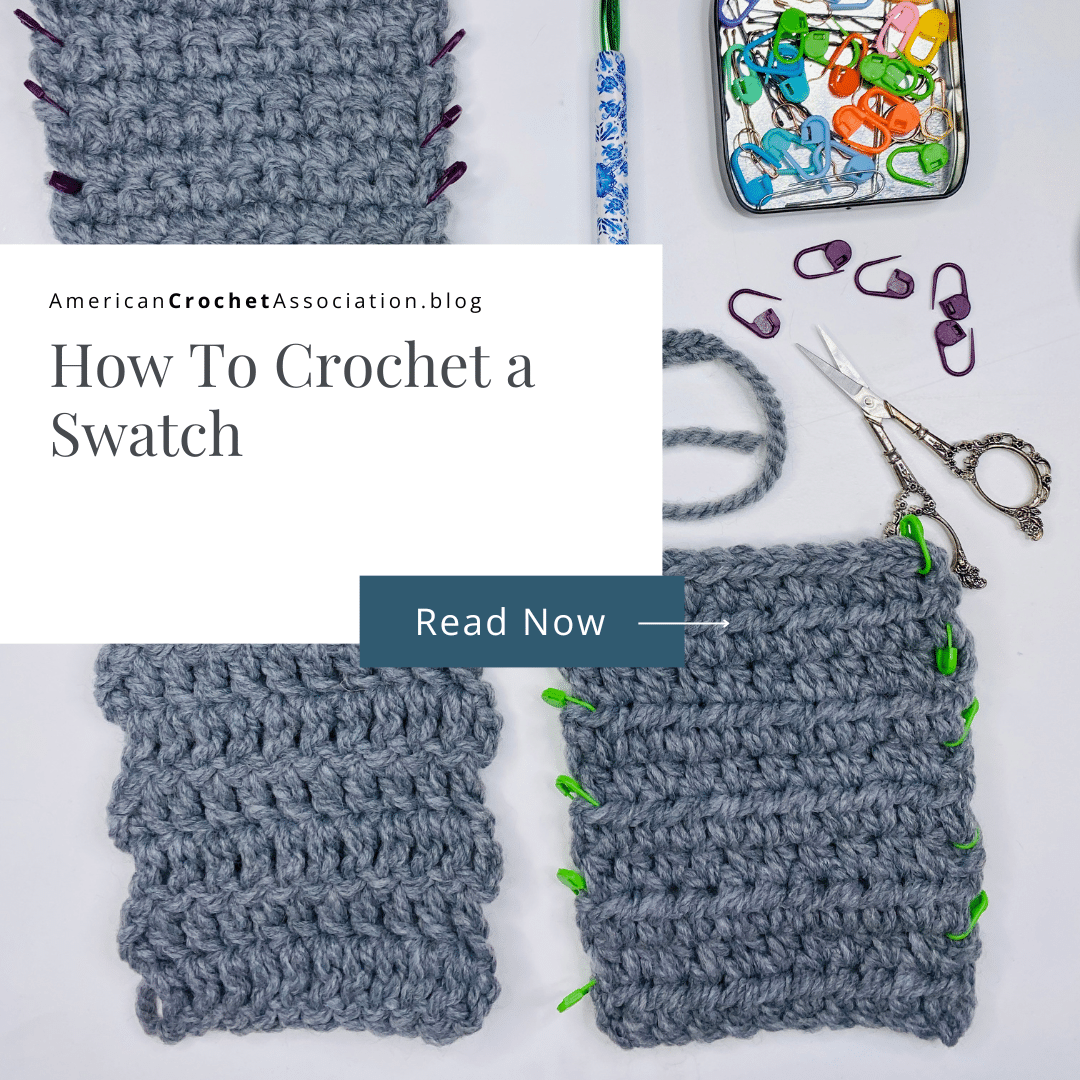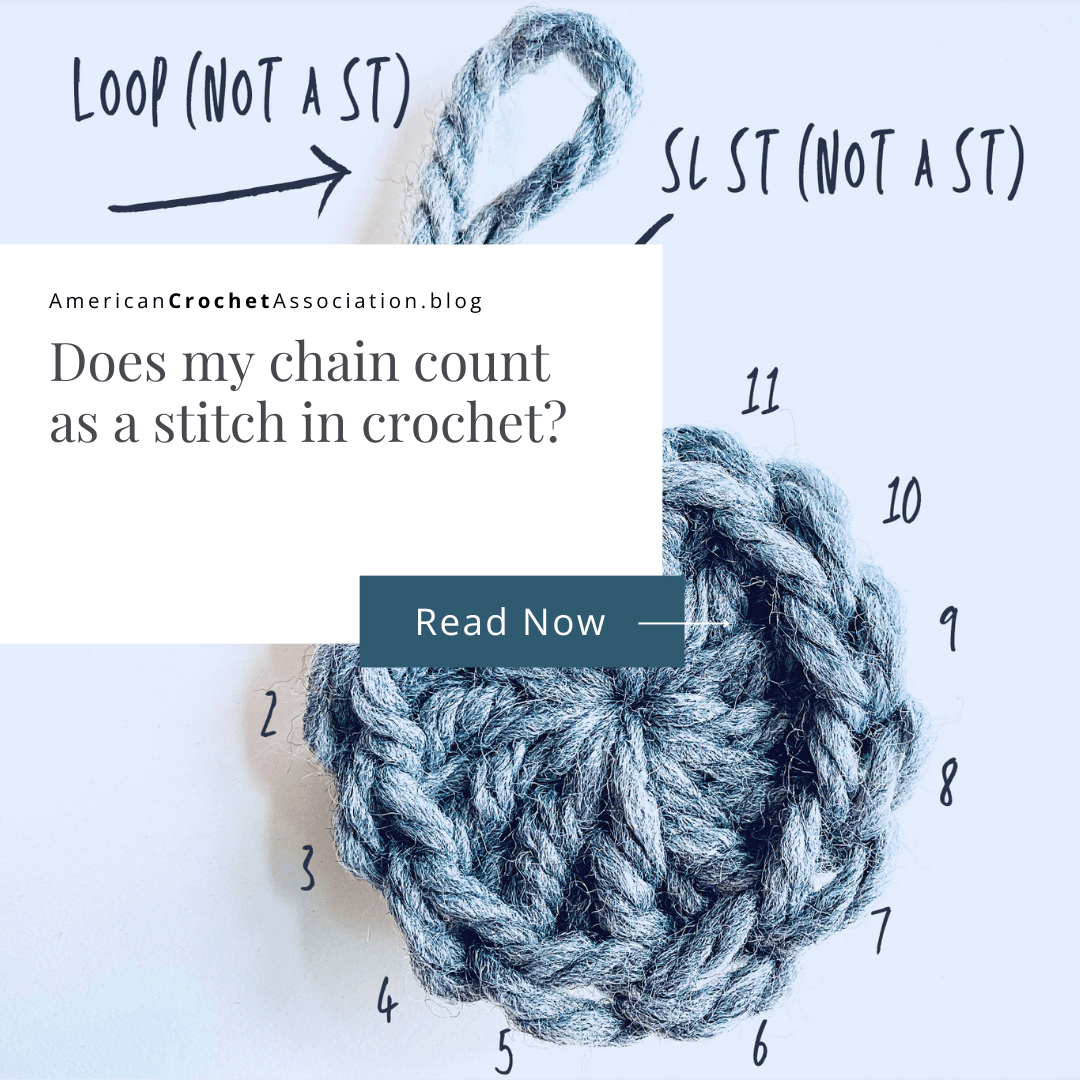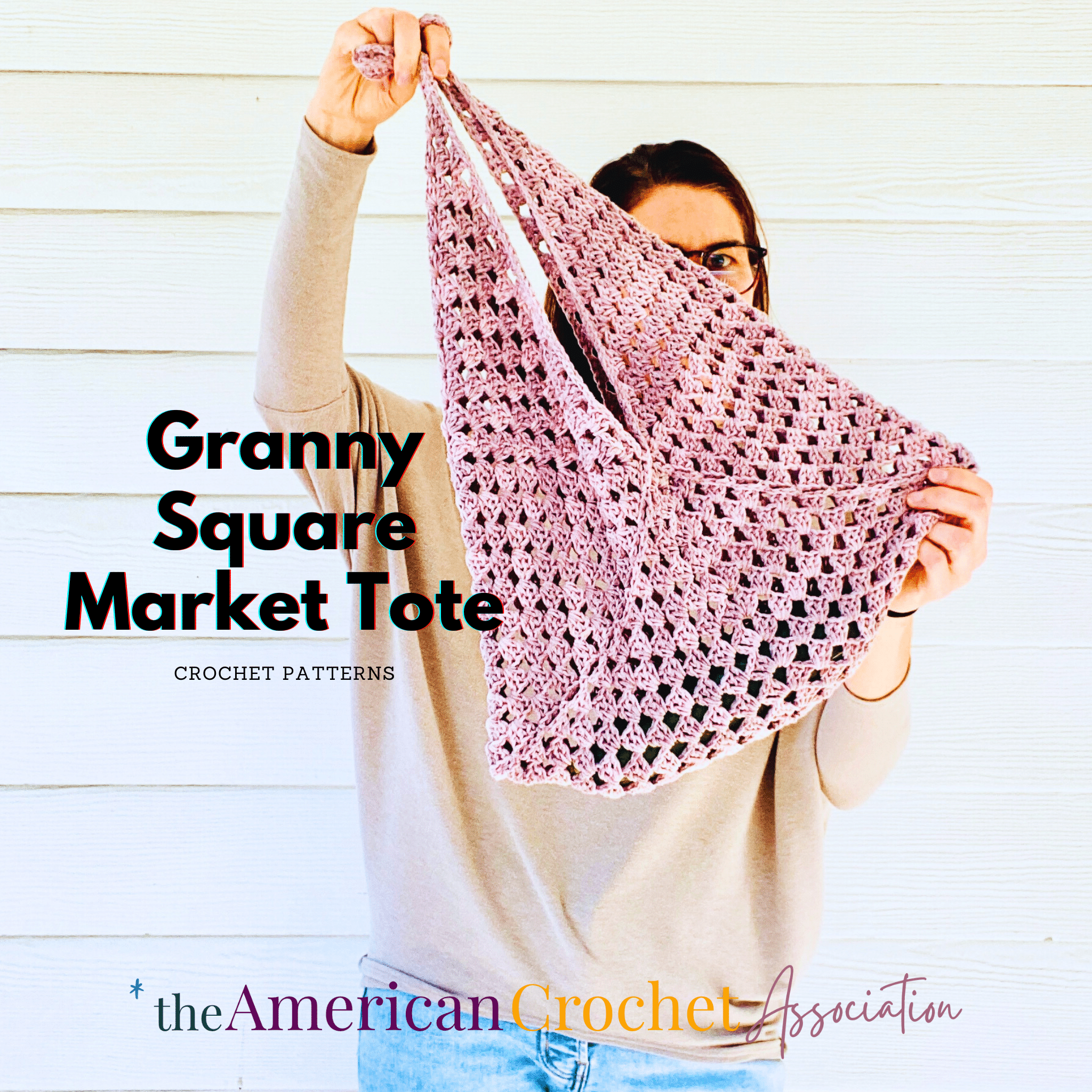If you still relying on video tutorials to work crochet projects, and you’re ready to finally learn how to read crochet patterns with written instruction, I have some tips that will help!
Or, maybe you can read patterns, but have way more questions than answers:
- Am I using the right yarn and crochet hook?
- What do these acronyms and symbols mean?
- What skill levels should I follow?
- What are parenthesis, asterisks and brackets really telling me to do?
Crochet patterns can seem like a crazy language, but don’t let that stop you!
There is a lot that goes into writing a crochet pattern – and, most of the formatting, terms, definitions and language are universal – so here are our top 3 tips to help you read any crochet pattern with more confidence.
Ready to learn to read crochet patterns?
Table of contents
This post may contain some affiliate links.
Estimated reading time: 4 minutes
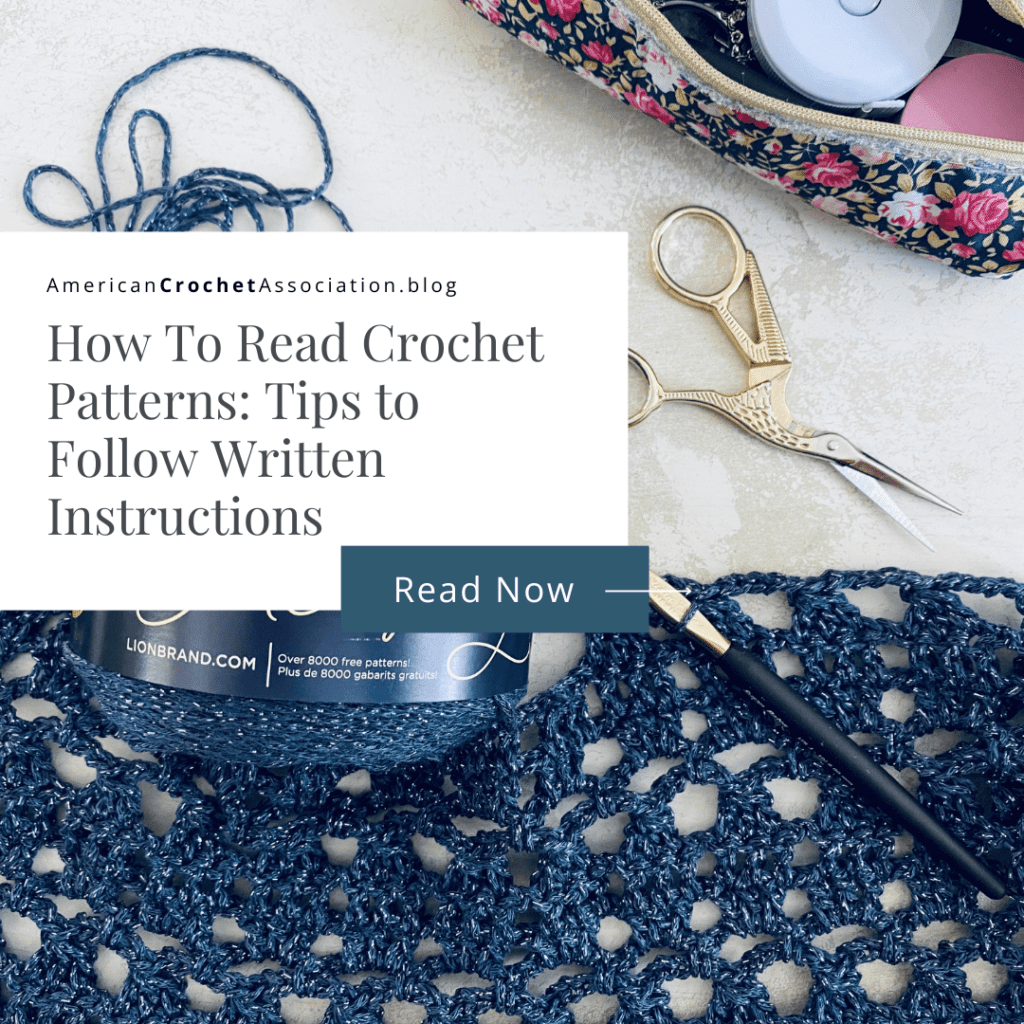
How To Read Crochet Patterns
Read Before You Crochet
The part of the pattern before the actual instructions (materials, stitch key, techniques, gauge, size, skill level and notes) is what we call the ‘Cover Page’.
This section of a pattern gives you everything you need to know about a pattern before you get started, giving you important details that will help you feel confident about what you need to know to be successful.
For example:
- Use the same yarn weight and hook size that the pattern calls for. This is especially important if the size of your project is essential.
- The Stitch Key will list all stitches used to include their acronyms: Single Crochet = Sc, Half Double Crochet = Hdc.
- The Specialty Stitch Section will list all stitch variations used, including their acronyms, and sometimes their definitions: Adjustable Loop, Dc2Tog = Double Crochet two stitches together (decrease).
- The difficulty, or skill level, tells you how complex the pattern instructions are. Beginner patterns are very simple (using simple stitches and repeats), and Experienced patterns are very complex (using multiple stitch variations and little or no repeats). There are only four skill levels in crochet, so understanding this range will help you to mentally prepare for the complexity of the instructions you’re looking to follow. It’s okay to follow any skill level, just know that you may be working techniques and variations that will take a bit of patience and practice to get right!
Crochet Acronyms and Abbreviations
Crochet patterns are written in condensed formats to save space.
Acronyms are one of those space-saving techniques, and they are used to make reading instructions easier to follow at a glance.
Understanding how to decipher the acronyms used will unlock the meaning, telling you exactly what to do.
For example:
- Read and understand, before you pick up your hook! Reading through the entire pattern (from the cover page through the last line of instructions), will help you to get a good start.
- A pattern may ask you to ‘Decrease 2 Double Crochet Stitches Together’ every other stitch, but that’s a lot to read and takes up a whole lot of space! So, a pattern will simply say ‘Dc2Tog’, and define that acronym in the Specialty Stitches section on your cover page.
- Refer to that cover page again, and again! Any acronym you see in the instruction section should be listed within the cover page. Pattern writers are looking to make your experience a good one, so they should define the acronyms for your ease of use.
Crochet Stitch Repeats
Crochet patterns are essentially worded math problems.
As soon as you think about them this way, reading the characters within them will become easier to do!
For example:
- There are 3 types of repeats in crochet: Asterisk, Bracket & Parenthesis. Each of these has a different meaning and any combination of them may be used together to describe what actions to take.
- These are not interchangeable, so keep this handy cheat sheet the next time you see them in use:
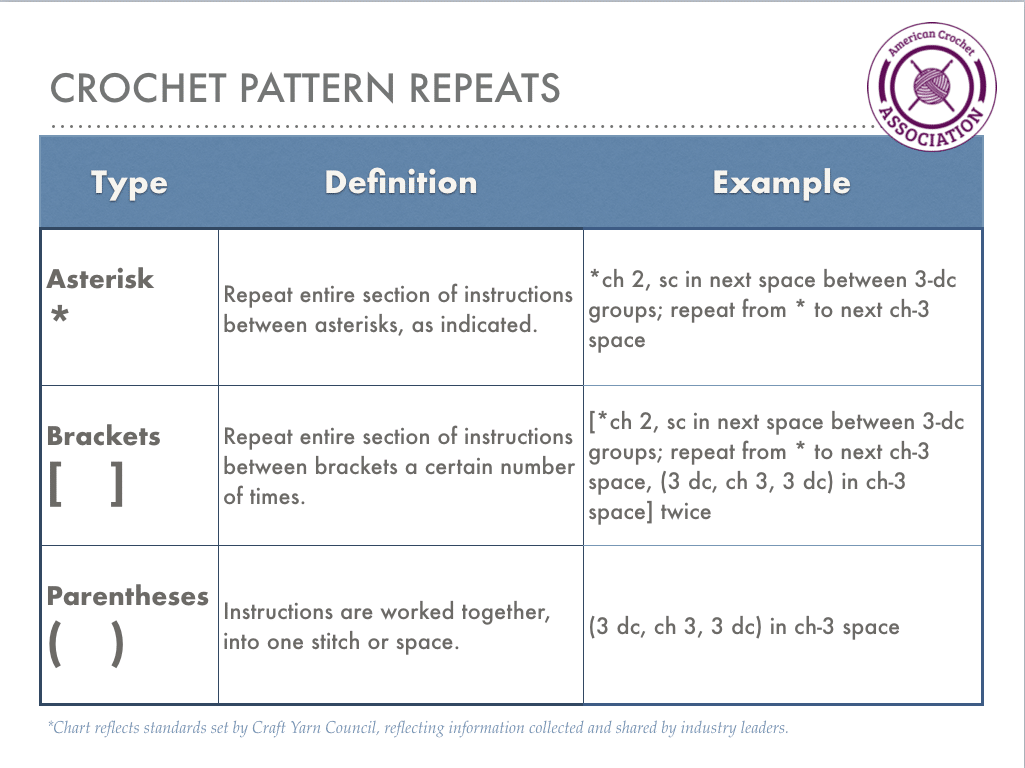
For more help reading crochet patterns with repeats (especially when more than one are used at a time), check out this article: How to read a pattern with crochet repeat symbols: asterisks, brackets, and parentheses
Now that we’ve given you a few tips, do you feel more confident about reading and following crochet patterns on your own?
Think you can learn to read crochet patterns now?
Let me know in the comments!
Video Chat
Watch my video chat for even more details on this topic, right here:
Pattern Reading Course
Take the Pattern Reading Course, included when you join the Crochet Membership!
Peace + Love + Crochet
Salena

